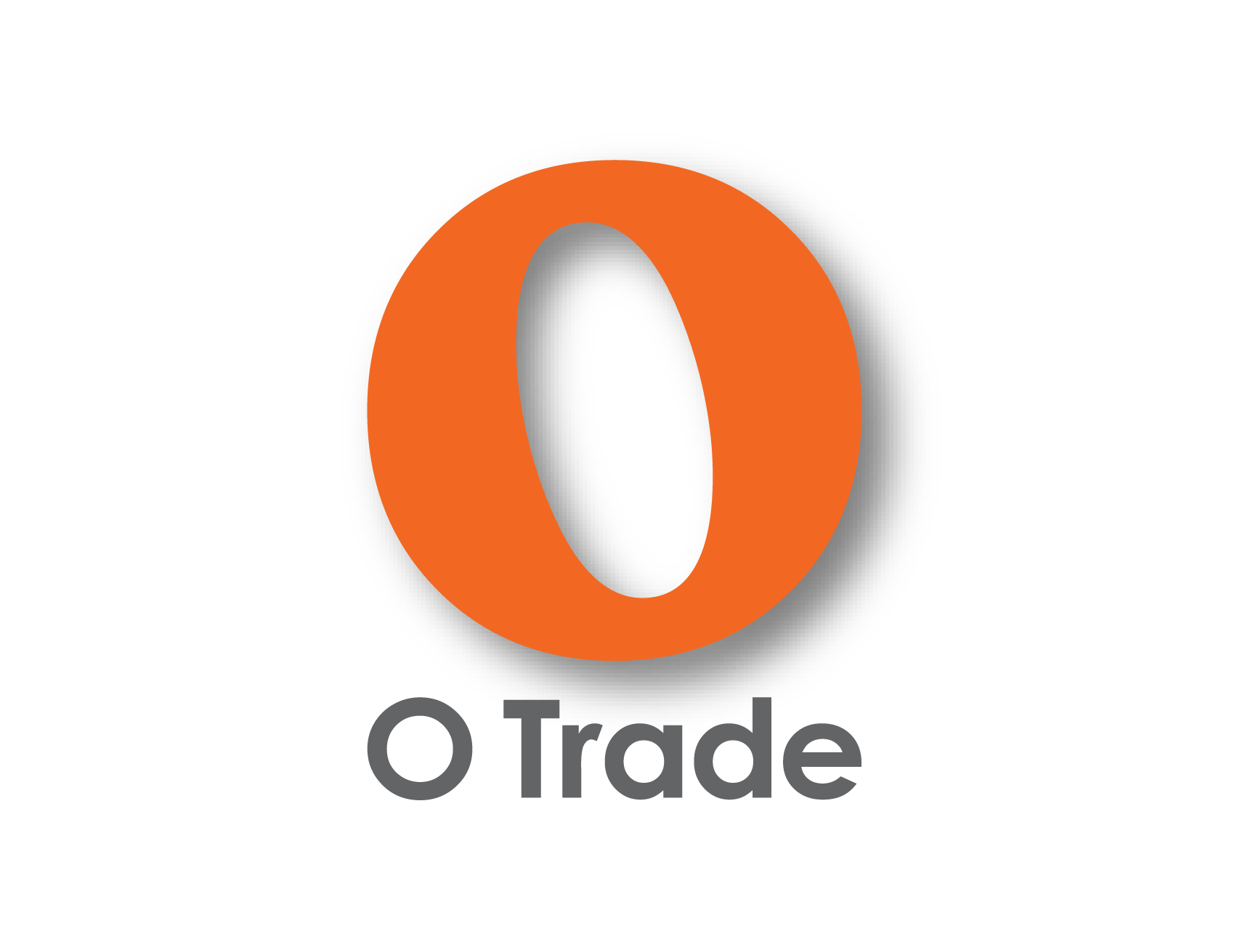Early stakeholder engagement equals exploration success
Canadian Mining Journal | Marilyn Scales | April 1, 2017 | 9:58 am
The Canadian Mining Journal ran an article written by Monica about the importance of investing in community relations early on in exploration. https://www.canadianminingjournal.com/featured-article/early-stakeholder-engagement-equals-exploration-success/
Land access, access to capital, and local support are key elements to ensure successful exploration projects. But why are socioeconomics becoming so important when the goal is to find minerals?
Regardless of the nature of their interests, investors, communities and local governments agree that having long term, sustainable projects is a prospect no one wants to miss. This common ground is an opportunity for mineral exploration companies. But how do we secure long-term sustainability? The answer is simple – a good governance framework and professional risk management.
Companies aware of the importance of managing social risk find early stakeholder engagement provides a means of assessing the social landscape, social risk and impacts of a project through open dialogue with stakeholders. This assessment becomes the pillar for planning and successful execution of social management.
In reality, mineral exploration companies haven’t embraced planning around social risk. Small companies in this sector find it difficult to budget social management and, even worse, they don’t know what this means in terms of resources, processes and results. The reader might be familiar with this: “As part of our team we hired a local person responsible for CSR. This person is great because she/he knows everybody in the community and has done or can do projects with the school and church.” For some, this might sound right as it is cost effective and makes them believe that this is the magic formula to obtain a social licence to operate. Unfortunately, managing social risk and planning for land access takes more than this.
I have met many of these local professionals. They are good individuals who are enthusiastic about the job and do their very best to maintain good relations between the company and the community. But in many cases they lack a social management plan and budget, not to mention knowledge of conflict resolution and global CSR standards. In some cases, they even face personal threats because they don’t know how to address key issues for the community. In extreme cases, they are labelled as traitors, for acting in favour of the company and ignoring their own people. Why does the industry do this? Because hiring one local professional seems cost effective as well as efficient, since this individual knows everybody.
There is an underlying misunderstanding – the fact that mining companies see social issues as soft and believe that anyone can handle such issues. Here we find companies not having a strategic plan on how to approach land access. They lack collaboration between geologists, mine engineers and social professionals to define strategies. Nor do they understand the social landscape. Even worse, they haven’t defined their social area of influence and social impact. As a socio-economist, I find it difficult to understand how one of the oldest industries in the world can make big plans about mineral deposits without having land access. Companies invest in calculations around technical and financial estimates, but they fail to invest in understanding the social landscape and they ignore planning for land access. My question is: What is the purpose of having a valuable mineral asset if local communities won’t welcome you as new neighbour, leading to conflict? This is a breaking point for an industry that can mine for opportunities above and below ground.
Today shareholders, investors, governments and civil society are paying more attention to good management practices than the mineral deposit. This justifies why to invest here and not there. Projects that can guarantee sustainability and long-term opportunity are well planned and ready for execution. Social management is key to supporting efforts made by technical exploration teams. Early stakeholder engagement combined with technical exploration draws a fuller picture around a mineral deposit, above and below ground, allows for realistic timelines and budgets, consideration of social issues and mitigation of risks. As a result, management proves to be able to handle technical and non-technical challenges.
On the other side, communities and local governments involved in early stakeholder engagement become more open to support mineral extraction projects as they are part of assessing the potential. These early discussions with local stakeholders open avenues for future collaboration and speed the process to obtain land access. Both are important when measuring efficiencies in finance, mineral exploration, and long-term project stability.
As a result of all these efforts, the picture becomes clear – early stakeholder engagement allows the industry to anticipate social conditions above ground and early exploration offers potential underground. Does it sound good to you? Because it does to me.
MONICA OSPINA is the director of O Trade, a socioeconomic development firm that works with industries and communities across the globe. She can be reached at Monica@Otrade.ca.
About O Trade
O Trade is a socio-economic development firm with over twenty years of expertise in designing and implementing strategic ESG solutions to assist the private sector in partnering with local stakeholders. Contact us by emailing info@otrade.ca or calling +1 647 201 3161 to discuss how Capacity Mapping™ can support your business endeavors.
